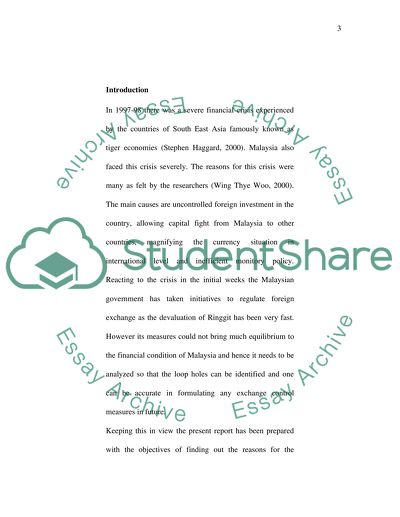Cite this document
(Malaysia Exchange Controls during the Asian Crisis Research Paper, n.d.)
Malaysia Exchange Controls during the Asian Crisis Research Paper. Retrieved from https://studentshare.org/macro-microeconomics/1540425-a-report-to-malaysia-exchange-controls-during-the-asian-crisis
Malaysia Exchange Controls during the Asian Crisis Research Paper. Retrieved from https://studentshare.org/macro-microeconomics/1540425-a-report-to-malaysia-exchange-controls-during-the-asian-crisis
(Malaysia Exchange Controls During the Asian Crisis Research Paper)
Malaysia Exchange Controls During the Asian Crisis Research Paper. https://studentshare.org/macro-microeconomics/1540425-a-report-to-malaysia-exchange-controls-during-the-asian-crisis.
Malaysia Exchange Controls During the Asian Crisis Research Paper. https://studentshare.org/macro-microeconomics/1540425-a-report-to-malaysia-exchange-controls-during-the-asian-crisis.
“Malaysia Exchange Controls During the Asian Crisis Research Paper”, n.d. https://studentshare.org/macro-microeconomics/1540425-a-report-to-malaysia-exchange-controls-during-the-asian-crisis.


